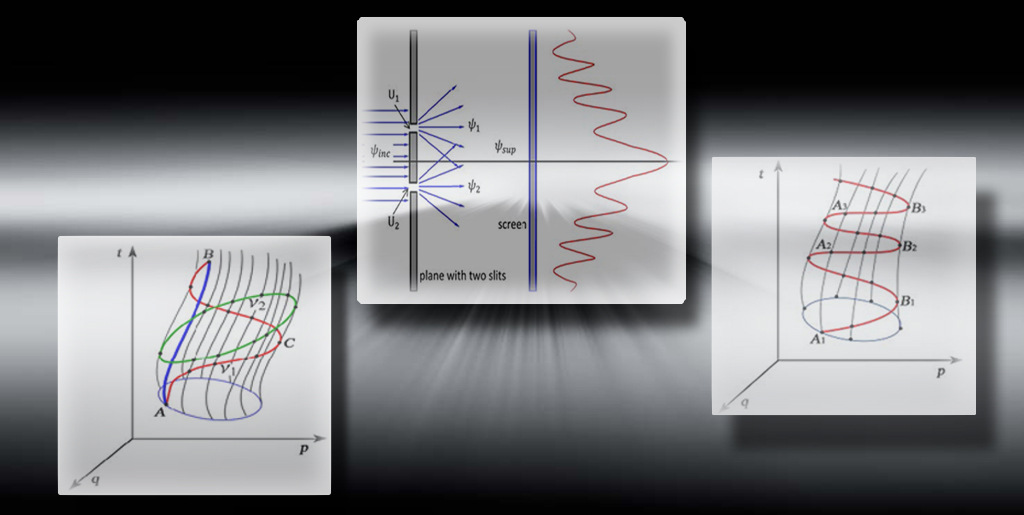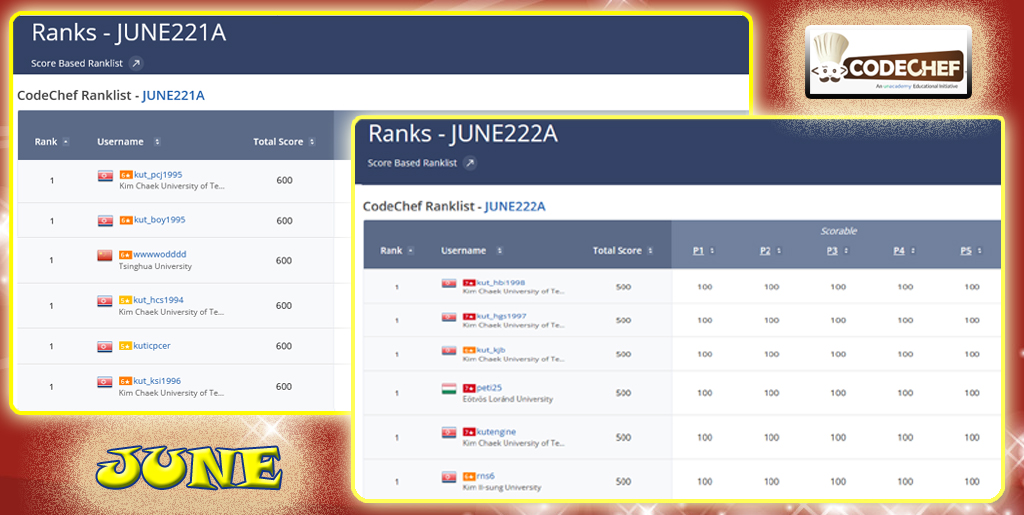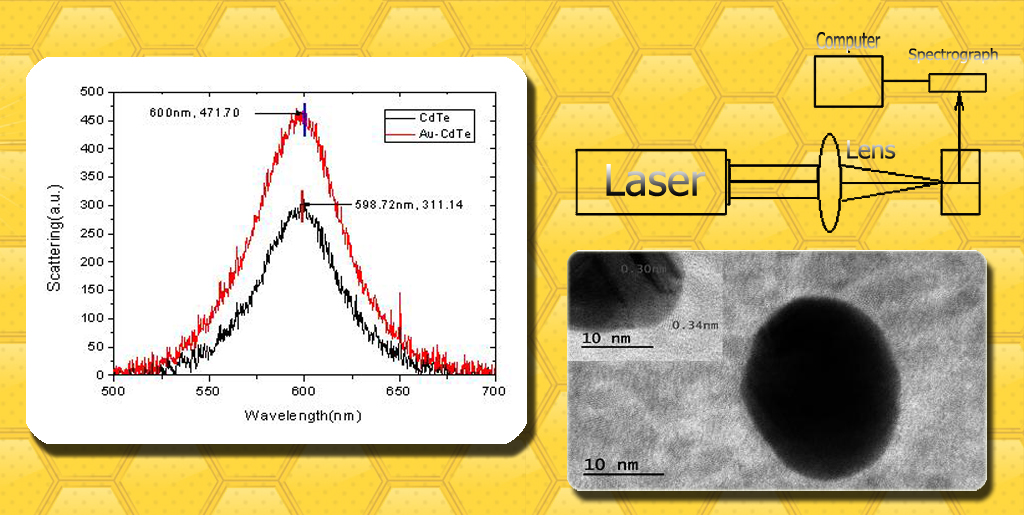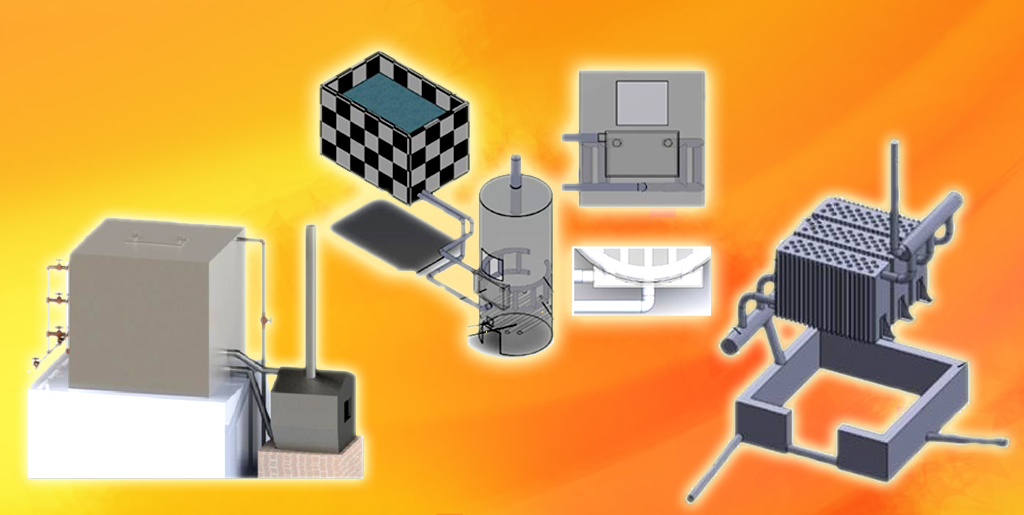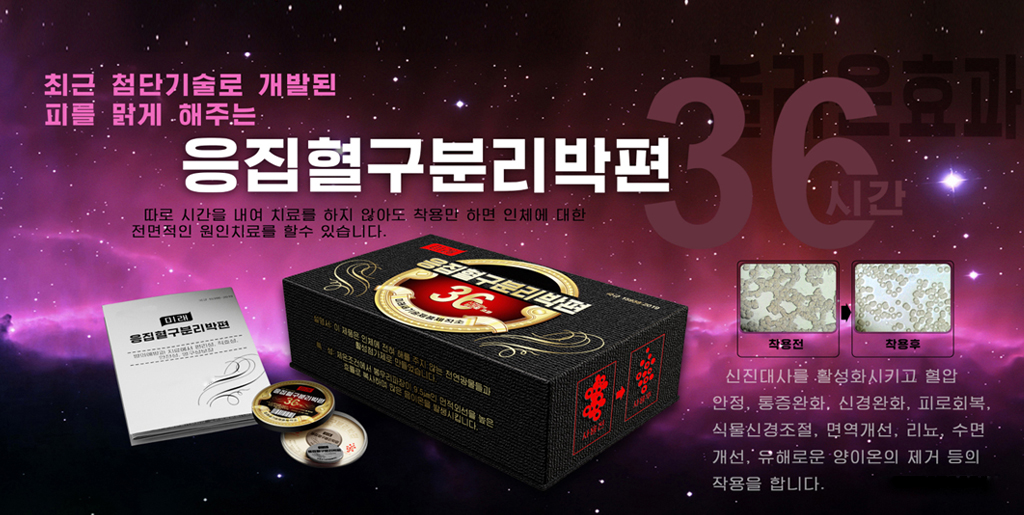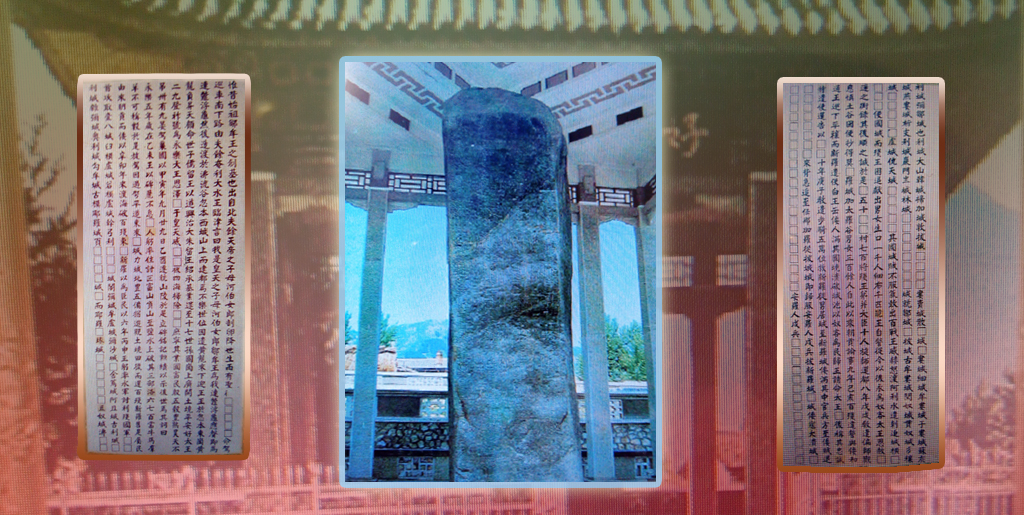Jo Jul 1, 2025
July is the hottest month of the year.
The seasonal divisions in July include Soso and Taeso.
Soso means the gradual beginning of hot weather. It falls on early June by the lunar calendar that falls on 6th-8th of July by the solar calendar.
Taeso means the spell of the hottest weather. It falls on late June by the lunar calendar that falls on 22nd-23rd of July by the solar calendar.
Around Soso and Taeso, all kinds of cereals and fruits grow exceptionally fast. Therefore, frequent weeding and good care of the crops at this time of year guarantees bumper harvest.
July has early dog days and mid dog days. They are two of the three dog days, the hottest period of the year.
Our people have cooked several kinds of dishes at this time of year. They include tangogi soup (dog meat soup) and samgyetang (insam-chicken soup), etc., among which tangogi soup is a distinctive national dish preferred by our people during the summer heat. “Tongguksesigi”, compiled before 1849, says that tangogi soup was known across the country as the best dish during the summer heat. In general, both the early and mid dog days last ten days each. There is also a year where the mid dog days last twenty days, which is said to have the prolongation of the late dog-day period.
Our people have regarded eating hot tangogi soup mixed with boiled millet or white rice in a sweat as the best invigoration. Therefore, tangogi soup was widely known as a nourishing soup that stimulates the appetite lost by the summer heat and provides nutrients to the weak constitution.
The folk games enjoyed by our people in July are koni game and ball-throwing.
...
Jo Jun 27, 2025
Graphene has extraordinary mechanical strength and excellent thermal and electrical conductivity. With these merits, graphene has been an ideal reinforcement for high-performance metal matrix composites, attracting a great deal of attention.
In particular, graphene-reinforced Al matrix composites (AMCs) are superior to Cu-based composites and other various Al alloys due to their advantages such as high strength, high conductivity, light weight and low cost. In accordance with the desired terms, the optimal properties of graphene-reinforced AMCs are obtained by manipulating the content and dispersion of graphene layers. However, it still remains difficult to determine the optimal content and realize the uniform dispersion of graphene in the Al metal matrix.
Jon Sin Hyok, a researcher at the Faculty of Materials Science and Technology, in cooperation with some other researchers, has conducted a first-principles study of the interface binding nature, mechanical strength, and electronic properties of aluminum/graphene (Al/G) composites, using superlattice models with varying graphene content.
Their calculations have revealed the weak binding between Al and graphene layers with no new chemical bonding at the interface and the gradual decrease in binding strength with increasing graphene content.
You can find the details in his paper “Influence of interposed graphene sheets on mechanical and electronic properties of Al/graphene superlattice” in “Applied Physics Letters” (SCI).
...
Jo Jun 26, 2025
Accurate determination of blood glucose concentration has a great significance in the prevention and treatment of diabetes as well as in the food processing and fermentation.
Glucose oxidase (GOx) modified electrodes play an important role in blood glucose detection by electrochemical methods. Enzyme-based sensors have disadvantages such as low enzyme stability and complicated immobilization.
To eliminate these disadvantages, non-enzymatic sensors with metal and metal oxide nanoparticles have been used. However, these sensors have some disadvantages such as poor sensitivity and selectivity and low catalytic activity. Some researchers eliminated these disadvantages by decorating the metal / metal oxide nanostructures on active carbon supports including carbon nanotubes (CNTs), graphene, etc.
Fe3O4 MNPs with good magnetic property are widely used for electrochemical biosensors and, in particular, they are also used for glucose detection as a direct non-enzymatic biosensor with no glucose oxidase.
Pak Wi Song, a section head at the Faculty of Chemical Engineering, has prepared an electrochemical sensing platform for glucose sensing by magnetic loading of Fe3O4/GO nanocomposites on graphite-epoxy composite electrode (GECE).
He characterized the Fe3O4/GO/GECE modified electrode by scanning electron microscopy (SEM), X-ray diffraction analysis (XRD) and cyclic voltammetry (CV).
The fabricated biosensor exhibited excellent electrocatalytic activity. The linear range for glucose is from 0.5 to 6.5mM with the detection limit of 268.5μM (S/N =3) and the sensitivity of 63.5mA/mM.
For more information, please refer to his paper “Magnetic Fe3O4/GO nanocomposite-modified graphite-epoxy composite electrode for high-performance glucose sensing” in “International Journal of Electrochemical Science” (SCI).
...
Jo Jun 24, 2025
Thermoelectric phenomenon is a physical process in which electric current flows by heat diffusion when there exists a temperature gradient in thermoelectric materials such as conductors or semiconductors. Therefore, it is very important to enhance the thermoelectric performance of corresponding material in thermoelectric applications. The performance of thermoelectric material describes how much thermal energy can be directly converted into electrical energy.
Thus, semiconductors whose electrical conductivity and Seebeck coefficient are between conductors and insulators were used in thermoelectric applications. In general, as electrical conductivity and thermal conductivity are proportional to the concentration of carriers such as electrons and phonons, the better the electrical conductivity of material is, the better its thermal conductivity is. However, it is difficult to obtain materials with both high electrical conductivity and low thermal conductivity. Fortunately, the idea that thermal conductivity can be reduced by high entropy design has attracted a great deal of interest of researchers who were making efforts to develop high entropy materials (HEMs) with good thermoelectric property.
Pang Chol Ho, a researcher at the Faculty of Materials Science and Technology, has newly developed an improved residual error non-homogeneous grey model and estimated the thermoelectric performance parameters of high entropy materials (HEMs) using this model.
Firstly, by combining the non-homogeneous grey model, residual error processing method and Markov model, he improved the forecasting accuracy of the model.
Secondly, he performed a comparative analysis of several HEMs using the proposed IRENHGM (1, 1) model and other grey models. The results showed that the Mean Absolute Percentage Error (MAPE) value of the proposed model is less than 0.02, which is the highest in the forecasting accuracy.
For more details, you can refer to his paper “Estimating the Thermoelectric Performance Parameters of High Entropy Materials by the Improved Residual Error Non-homogeneous Grey Model(1, 1)” in “The Journal of Grey System” (SCI).
...
Jo Jun 23, 2025
A superconducting magnetic bearing (SMB) composed of a high-temperature superconductor (HTS) and permanent magnets (PMs) is simple and easy in use since it is not necessary to supply a source of electricity for excitation windings. However, the SMB is restricted in the load capacity because of the limitation of the magnetization strength of the PM. Thus, it is a very important problem to improve the load capacity of the SMB.
Jo Ju Hak, a post-graduate student of the Faculty of Physical Engineering, has determined a suitable direction of the magnetization of ring-type PMs that brings about the maximum levitation force in a four-surface levitation superconducting magnetic bearing (FSL-SMB) composed of a ring-type HTS bulk and six ring-type PMs.
The simulation results show that the maximum levitation force is generated only when the upper part of PMs is combined with opposite polarity. In this case, the outer radius of inner PMs at the top and bottom sides of the ring-type HTS bulk is about 32.5mm.
The FSL-SMB with opposite polarity will contribute to the improvement of the performance of SMBs consisting of HTS bulk and superconducting magnetic bearings.
You can find the details in his paper “Analysis on magnetization arrangements of ring-type permanent magnets in four surface levitation superconducting magnetic bearing” in “Engineering Research Express” (SCI).
...
Jo Jun 21, 2025
Flotation, which is a major physicochemical technology for separating and enriching desired components according to their differences in surface wettability and floatability, is a cost-effective process with low water and reagent consumption, convenient industrial adaptation and high metal recovery.
Because of this advantage, flotation technology can be actively applied to valuable mineral separation from raw ore as well as metal recovery from secondary resources, such as mine tailings, waste slag, dust, and scrap metal. Over the past few decades, there has been considerable interest in research efforts to recover heavy metals from secondary resources, resulting in the development of various separation and enrichment techniques to recover metals from waste.
In particular, various secondary resource recycling reviews have also been reported over the last ten years. However, the reagent regimes and the separation mechanisms have not been investigated comprehensively when flotation technology is applied to recover metals from secondary resources.
Ri Kyong Hun, a researcher at the Faculty of Mining Engineering, has put forward some views on the actual situation of metal recovery/removal from several solid wastes and wastewater by flotation technology.
His study was focused on the reagent regimes and physicochemical & electrochemical mechanism of flotation.
For more information, please refer to his paper “Application of flotation to recovery/removal of heavy metals in secondary resources: A comprehensive review” in “Minerals Engineering” (SCI).
...


